From Bare to Blooming: How to Prepare Your Garden for Spring
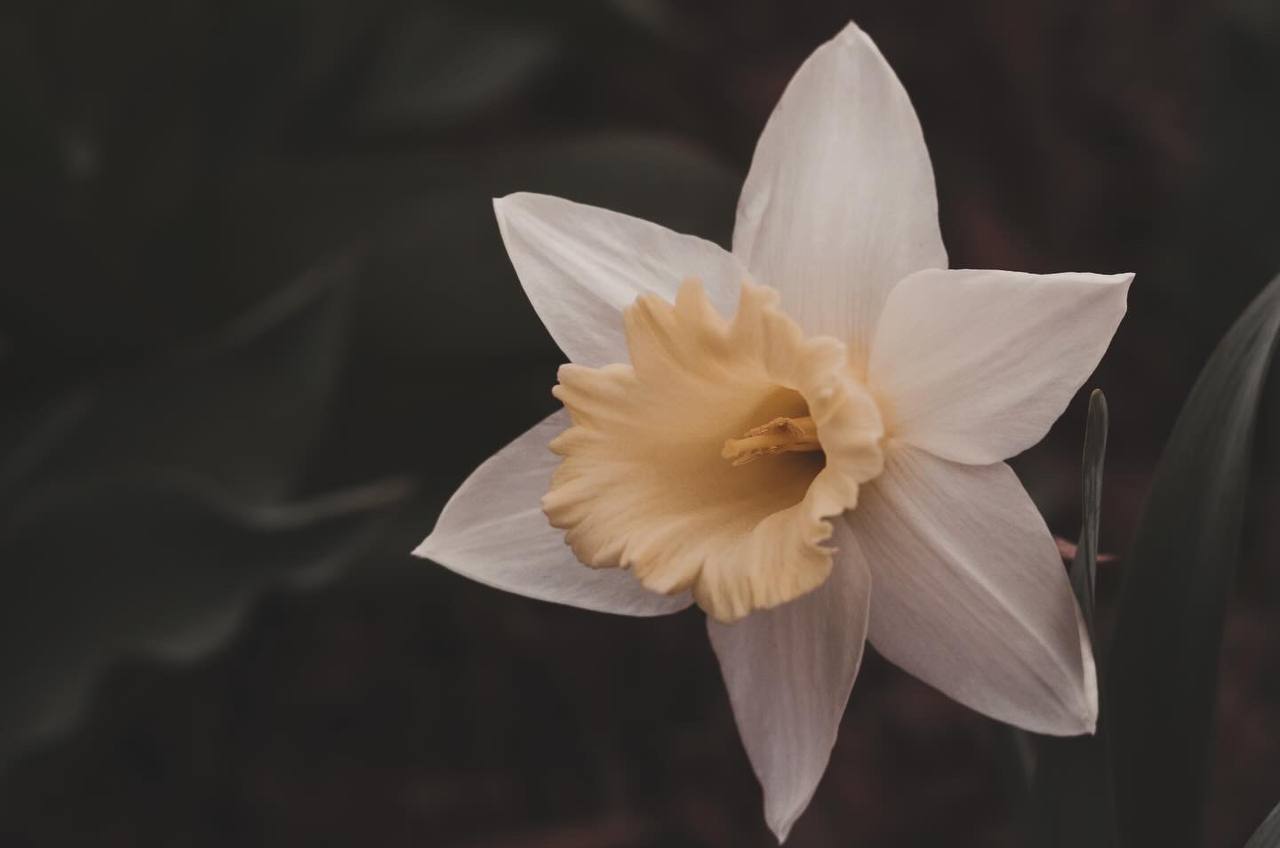
Spring is finally here! Daffodils, tulips, and grape hyacinths are popping up, the sun is shining, and the birds are singing. It’s time to get your garden ready for the new growing season! Spring garden clean-up is an essential step to ensure your garden looks its best and stays healthy.
Here are some tips to help you get started!
>Remove Dead Plants and Debris
Clear out any dead or damaged plants, leaves, and branches from your garden beds. A little effort now goes a long way in the growing season to come. Think of this as preventive maintenance to help stop problems before they take root.

> Remove Weeds
Now is a great time to remove any weeds before they go to seed. After removing dead plants, it’s time to turn towards weeds from last year and again remove them before they become even more of a problem. If you find a particularly aggressive plant that keeps returning even after pulling out as much as possible, try pouring (very carefully!) boiling water directly onto what’s left. This will help to kill that individual plant while not leaving behind any chemicals.
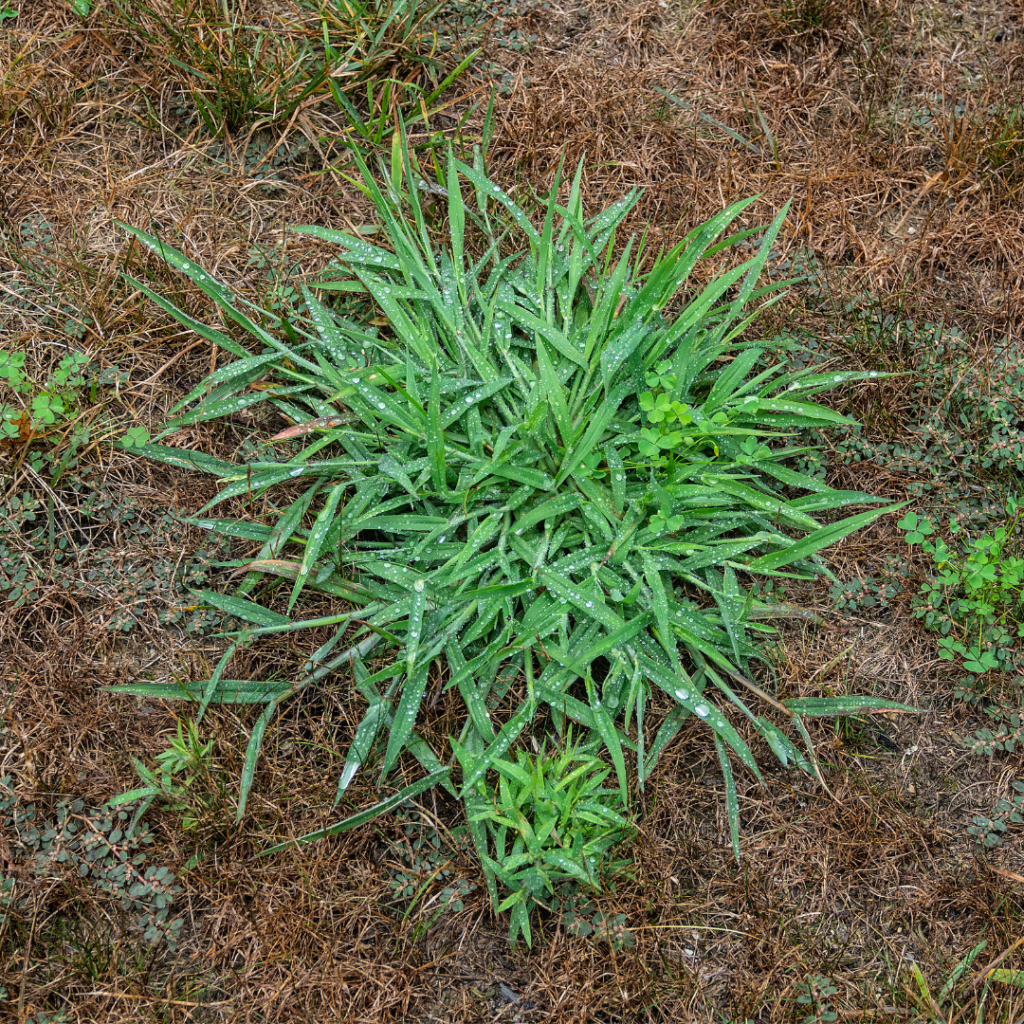
>Test Your Soil
Check your soil’s pH level and nutrient content, and amend it as needed with your results. If you have never (or it’s been a while) checked the composition of the vital nutrients in your soil, it’s a great time to find your local extension office and get a soil test done. It’s generally inexpensive (ours was less than $30 total with shipping) and only takes about 15 minutes to gather and pack the sample. The results that came back from the lab let us know exactly where we need to focus our fertilization efforts as well as the knowledge that our soil isn’t contaminated with lead.
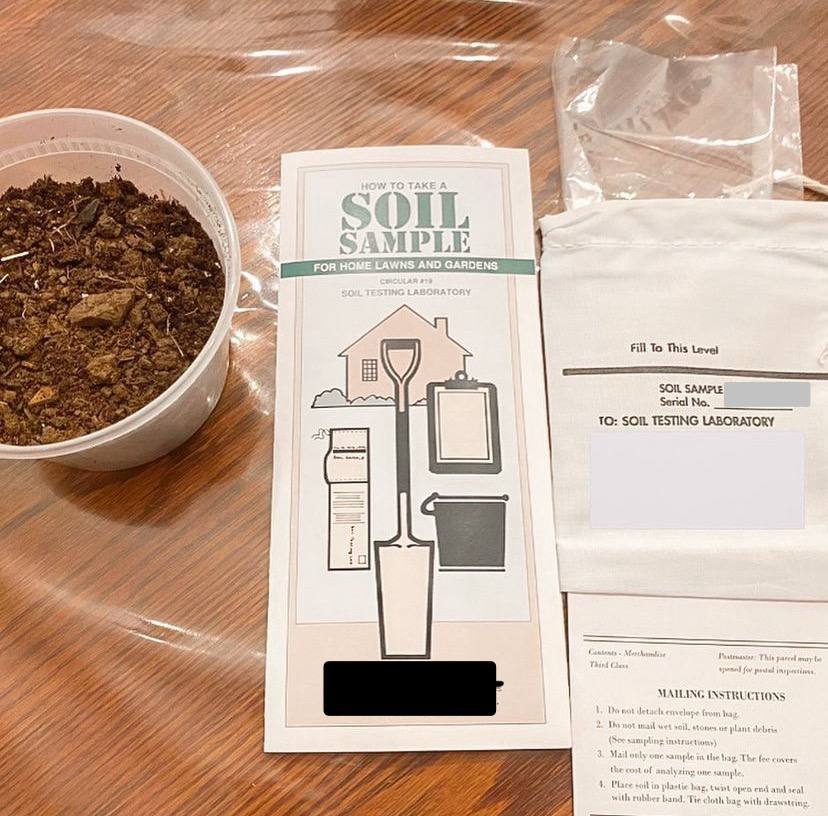
>Prune and Cut Back
Prune overgrown shrubs and perennials to maintain their shape and promote healthy growth. Before the warmth eventually “awakens” the plants in your garden it’s a perfect time to consider pruning back last year’s growth. YouTube is a great resource with many extension offices and universities offering free guides on exactly when and how to prune the plants that you need to cut back. It feels awful to prune and you think you’re killing the plant, but it’s INCREDIBLE to see how much pruning promotes growth and plant health as the year goes on. We recently built a permanent blackberry trellis after we pruned our blackberries.
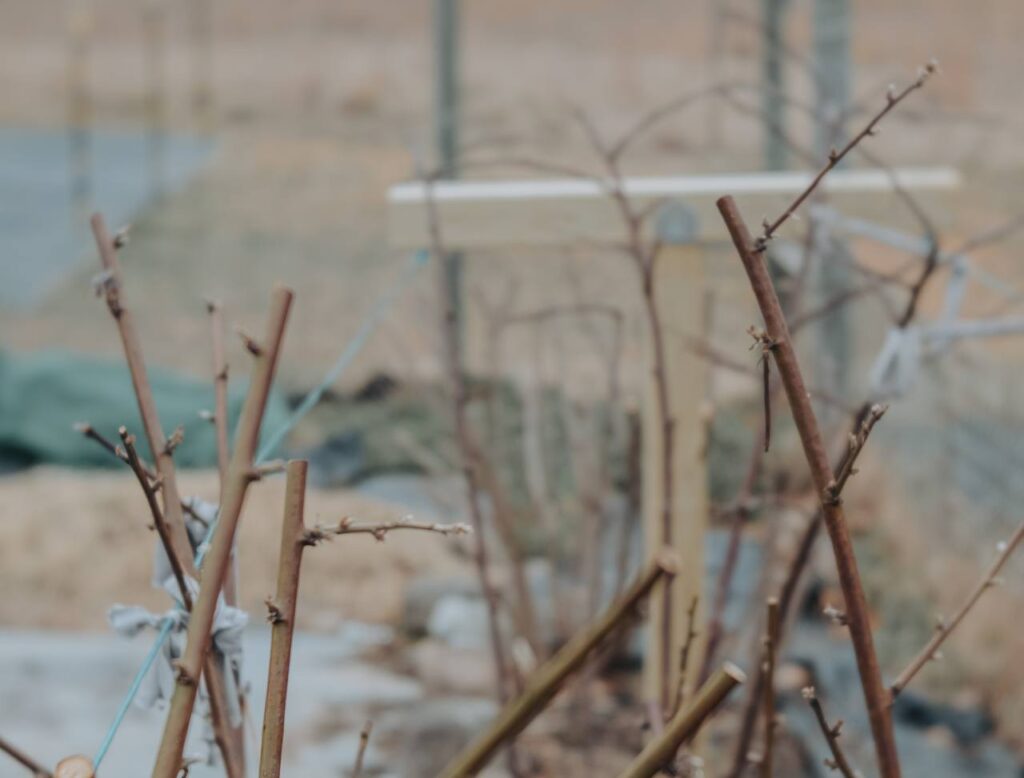
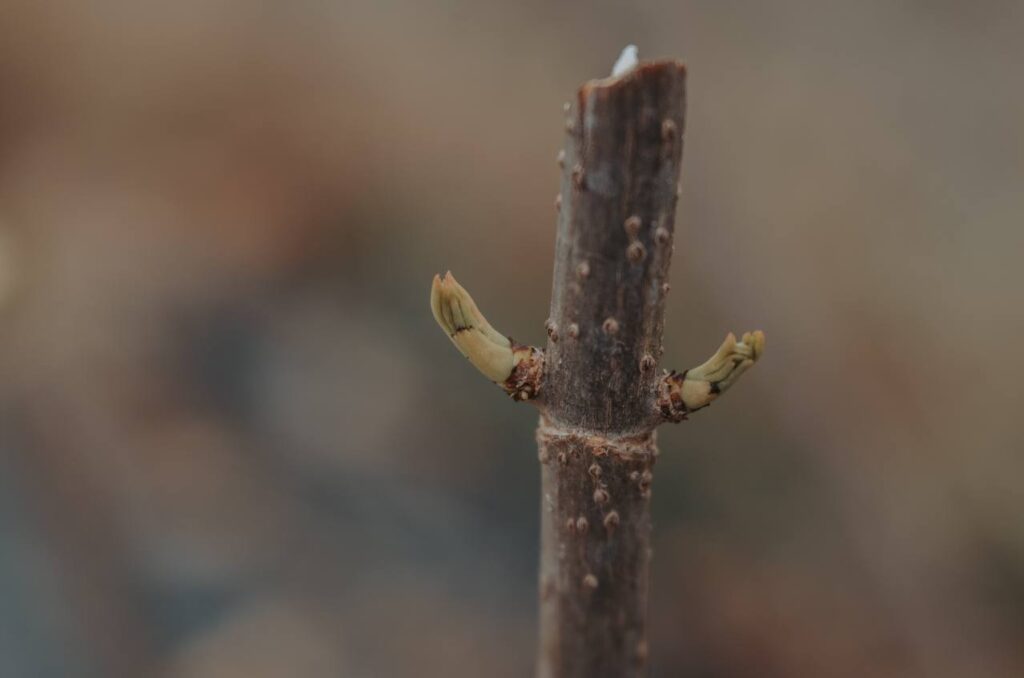
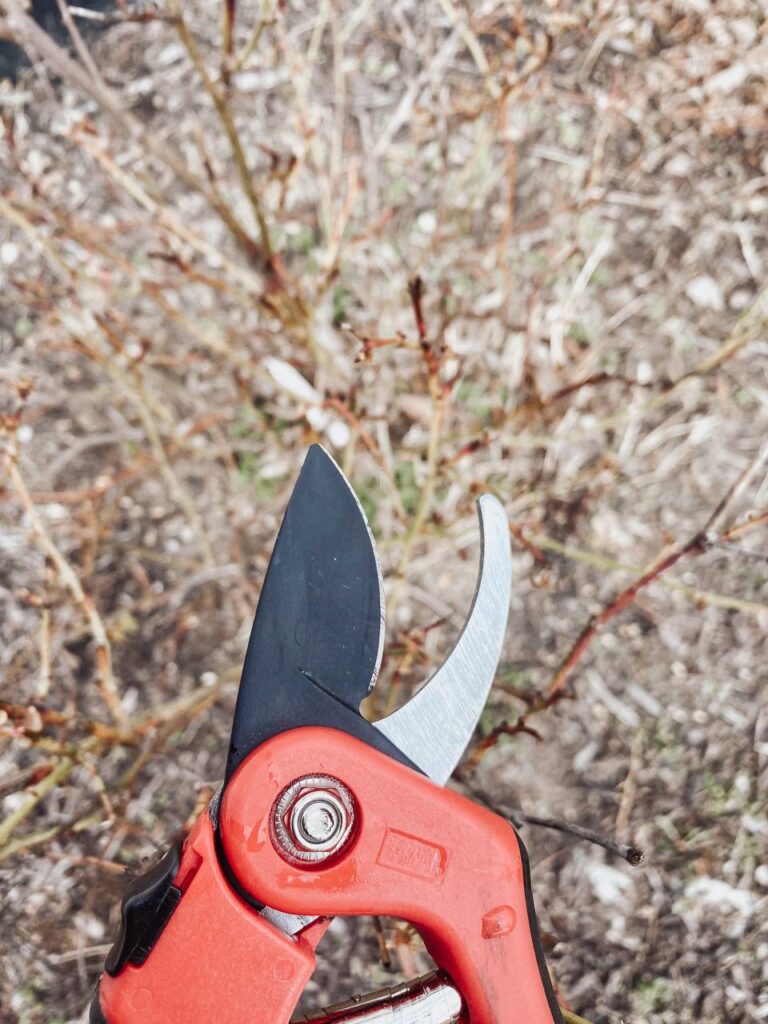
>Check for Pests and Diseases
Inspect your plants for signs of pests or diseases and treat them accordingly. We avoid using harsh pesticides on our plants so be sure to look for organic alternatives. We use ARBICO Organics for the safer alternatives they keep in stock. This is another preventive measure that you can take now to help ensure a successful growing season. Last year, we were hit hard with Cedar Apple Rust and didn’t realize it until it was too late to treat. This year, we have CEASE (from ARBICO Organics) ready to be applied as soon as our apple trees bloom to stop the spread of this disease on our apple trees. We contacted our University Extension office and sent pictures of the leaves to help us diagnose the problem. If you find a disease or pest that’s causing you problems, check to see if your state university extension has a way to contact them for expert assistance.
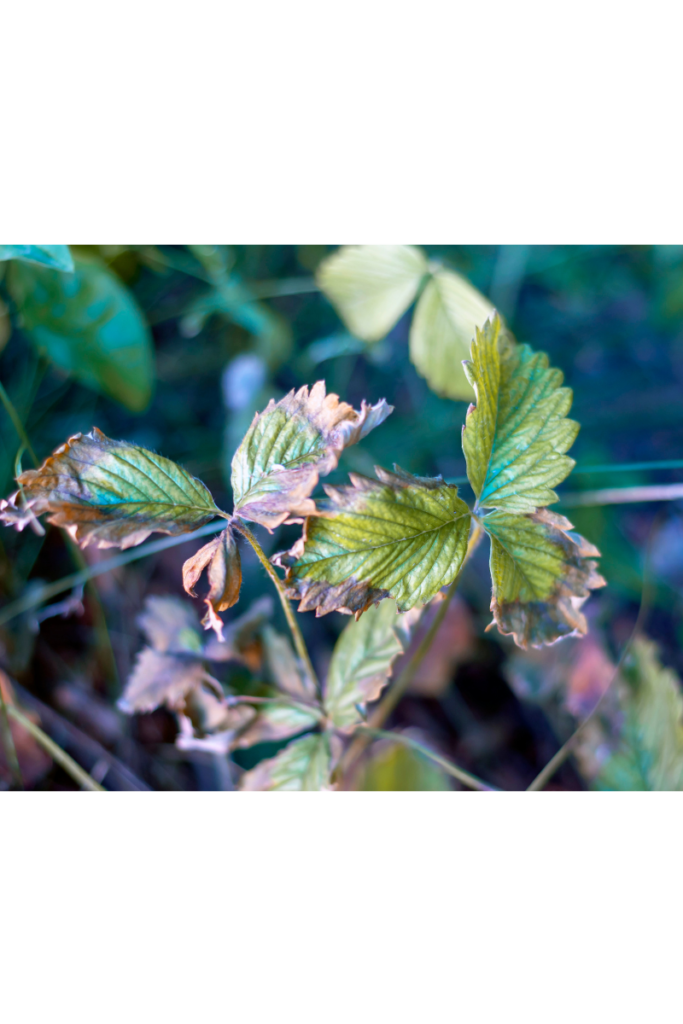
>Sift & Add Compost:
Spread a layer of compost or well-rotted manure to enrich the soil and improve its structure. Healthy soil is key to healthy plants. If you haven’t started composting, it’s never too late and it makes for a great way to let organic “waste” become so much more useful than sitting in the trash. There are plenty of guides on how to get started, but if you’ve been composting, as the weather gets warmer it’s a good time to stir up the compost and consider sifting out what is ready to get your garden beds, planters and seed starts for a jump start. In about an hour, we were able to sift through 15 gallons of incredibly rich composted soil. If you haven’t seen the prices of bagged soil at your local nursery, trust us when we say that this is well worth the time and effort! We have found debris in purchased soil, so it’s great to have a source of compost of your own so you know exactly what has been added.
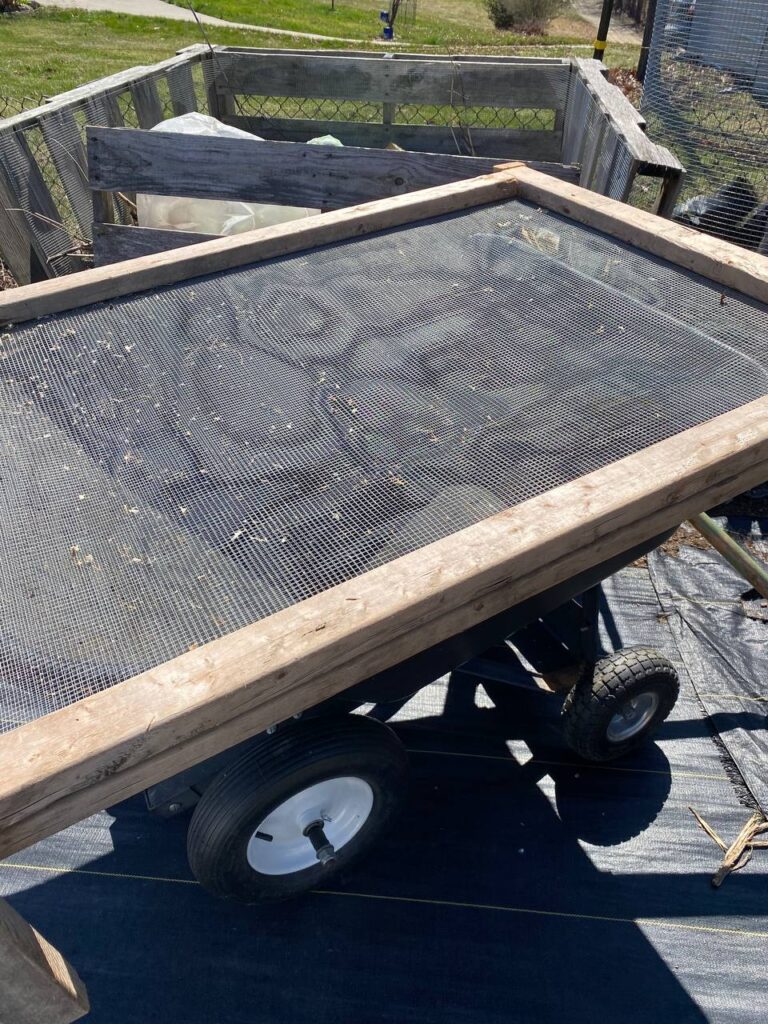
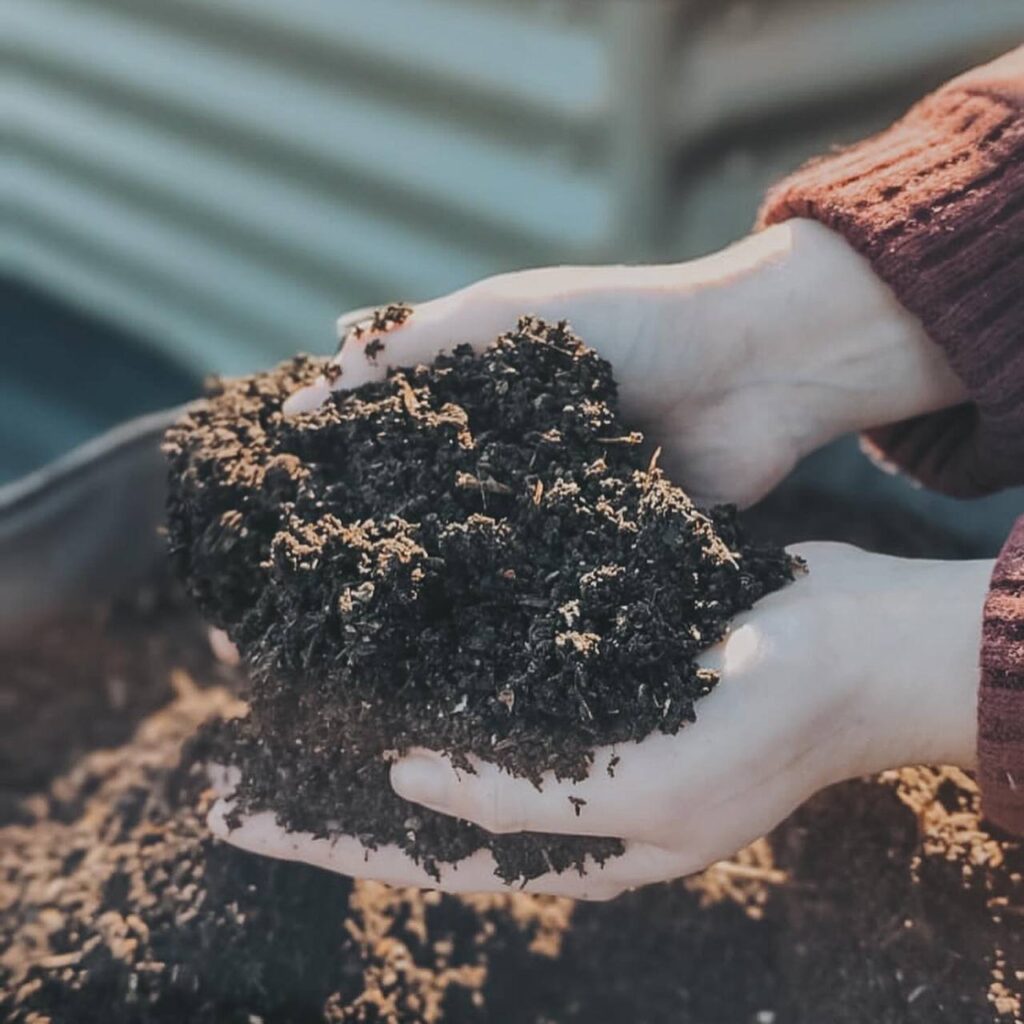
>Garden Tool Maintenance
Clean, disinfect, and sharpen your garden tools to prevent the spread of any potential diseases. Nothing annoys us more than having our tools break on us right when we need them. So many aspects of gardening are time-sensitive. It’s a good investment of time to gather all of your tools and perform some cleaning and maintenance (or replacement if they’re beyond fixing). This can be as simple as running a file over the blades of your cutters and pruners to sharpen them up a bit, wiping off any old sap or plant residue, and dipping the tools in a dilution of bleach in water to kill off any lingering diseases. We’ve never regretted keeping our tools in good order because our time is always at a premium.
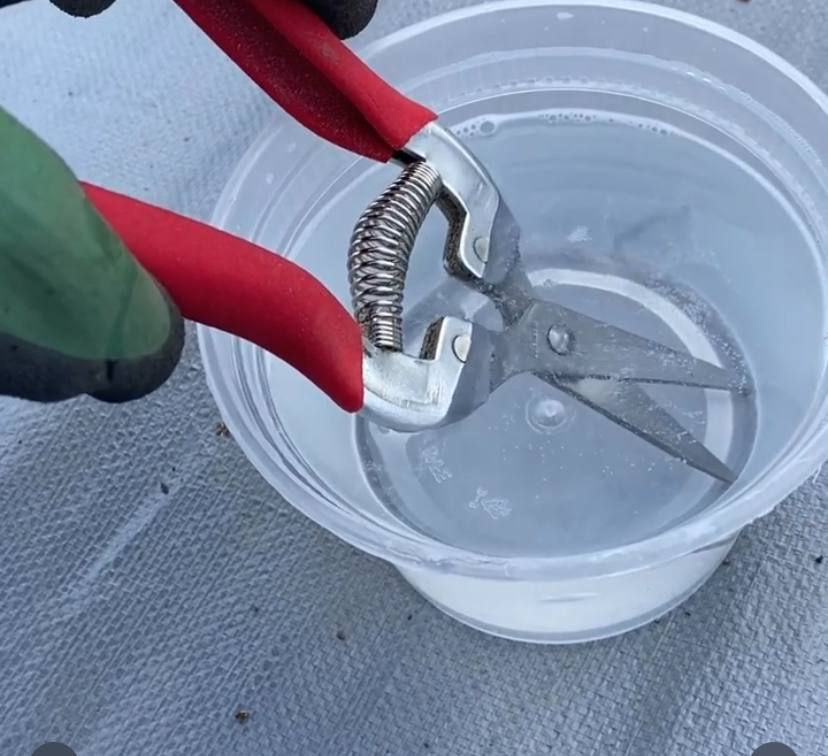
>Inspect Raised Beds
Check for any damage or add more raised beds or grow bags as needed. While you can always build a raised bed, if you’re strapped for time a metal raised bed may be just the answer you need to maintain or expand your garden! We love our Birdies Raised Metal Bed because of how little maintenance it needs after it was built. The metal raised bed has aged much better than the raised beds that we built from 2×8 lumber. While the upfront cost is higher, we look forward to many years of simple, dependable growth ahead.
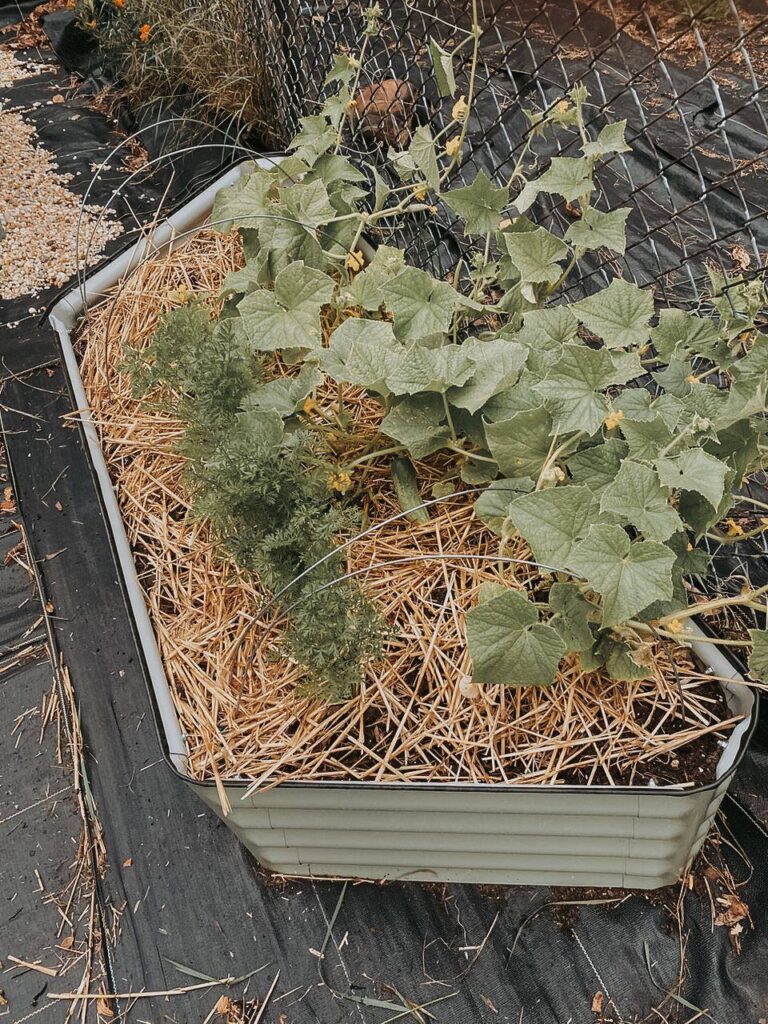
>Edge and Mulch
Use a sharp edger to define your garden beds and apply a layer of new mulch to retain moisture and suppress weeds. Every year, we replace (if weed-infested) or top off the mulch around our fruit trees. The mulch gives our trees several benefits including moisture retention, weed and grass suppression, and less pressure from competing plants. Be careful not to apply the mulch too high (no volcano mulching!), usually 2 or 3 inches is more than enough. If you have a local arborist or tree removal company they may be able to assist in getting you some wood chips if you call them. The only caveat is that you would want to avoid using diseased wood chips if the tree they removed was dead or dying. Trees that are removed for other reasons or storm damage are much better since the wood is healthy. Our neighbor has helped us tremendously this year with wood chips from roadside preventive cutting.

>Check Irrigation Systems
Inspect your irrigation system and make any necessary repairs or adjustments. While it may be still too cold to install or run your irrigation system in early Spring, it’s a fine time to get together plans for how you’re going to water your plants through the hottest parts of the year. We have found that it’s MUCH easier to get our soaker hoses (one of our preferred cost-effective methods) in place before the plants take off. This allows watering right at the base of the plant to reduce wasted water and the potential to splash soil-borne diseases up onto the leaves.

>Plant Cool-Season Crops:
Plant cool-season crops like lettuce, spinach, and peas as soon as soon as the soil can be worked in Spring. I have been very impressed with Botanical Interest Seeds as they’ve had great success with germination so far. Check out our blog post on winter jug sowing to learn how to get an early start on seed starting!
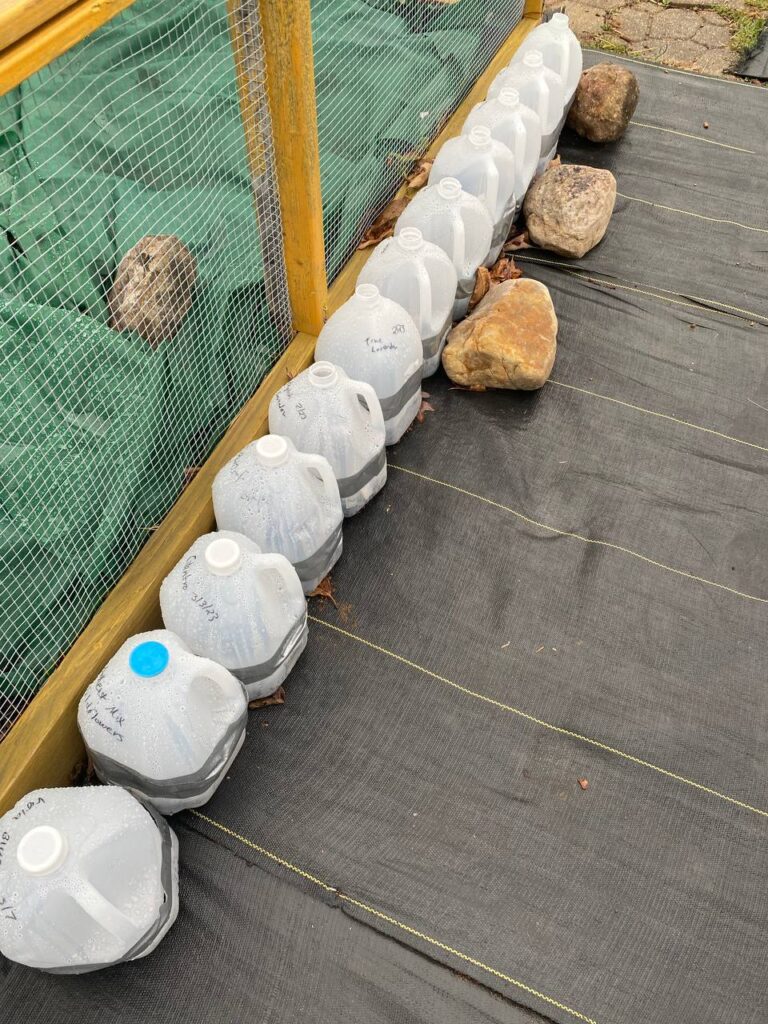
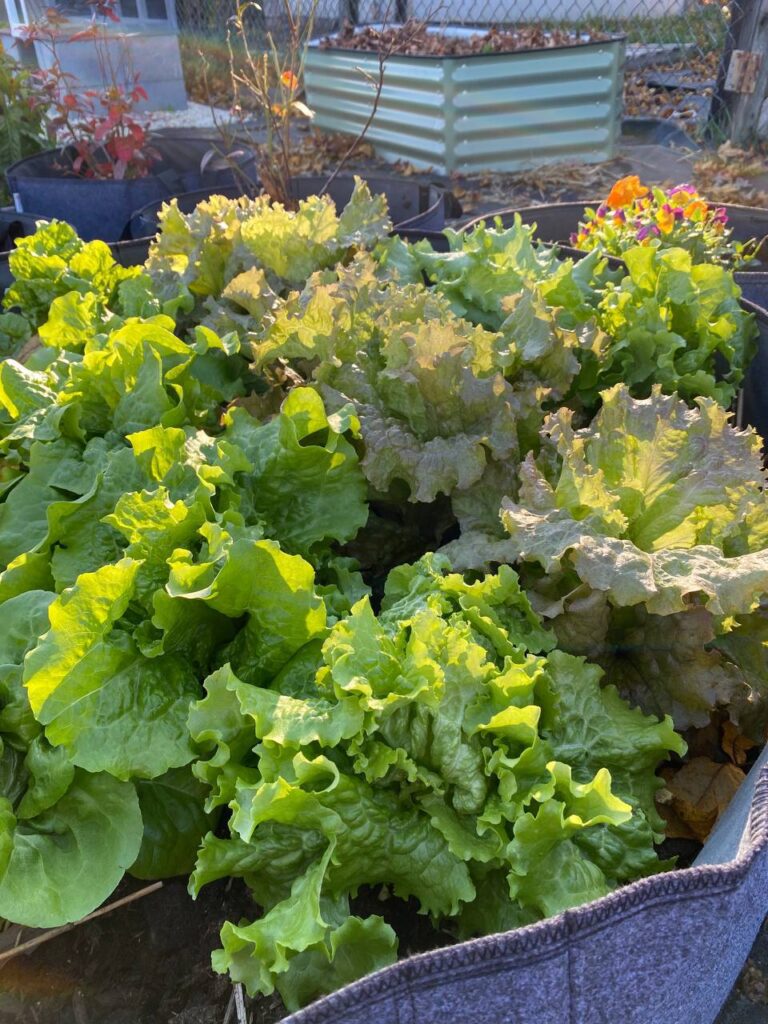
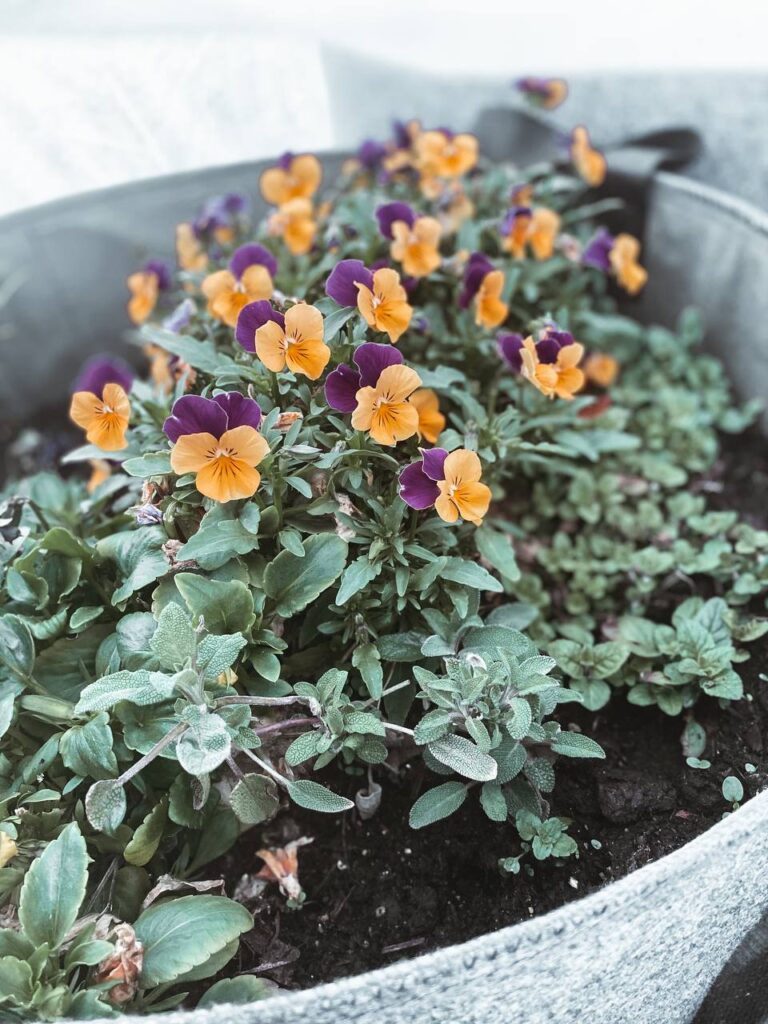


>Inspect Fencing
Upgrade and/or check for any damage or holes to keep critters from stopping in for some snacks. If your garden has grown large enough to draw in local wildlife you likely know how heartbreaking it is to see your plants eaten while you’re away or sleeping. If they managed to sneak in through your fencing, it’s a good idea to get that problem addressed before the growing season gets going. We installed an Apiary this year so we upgraded our electric fence energizer to a model that has 6 times more joules to help dissuade the local Black Bear population from trying to make off with our honey.
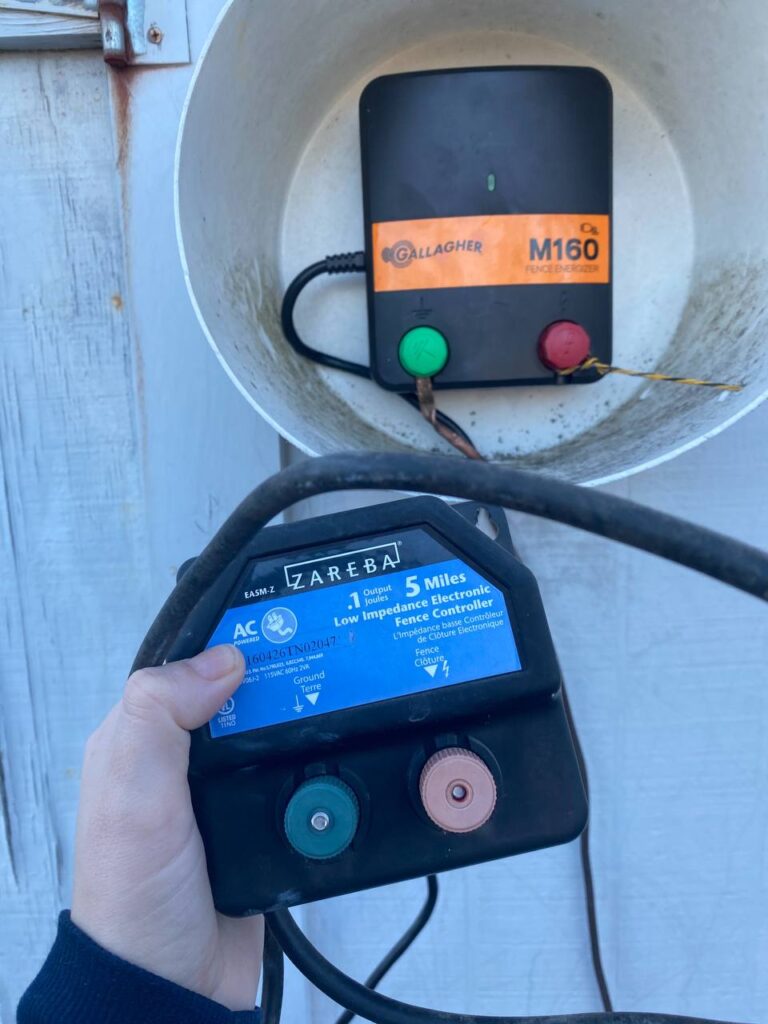
> Include Water Stations and Shelters
Add water stations and shelters to your garden for pollinators and birds. Visit our Water Station post for more alternatives.
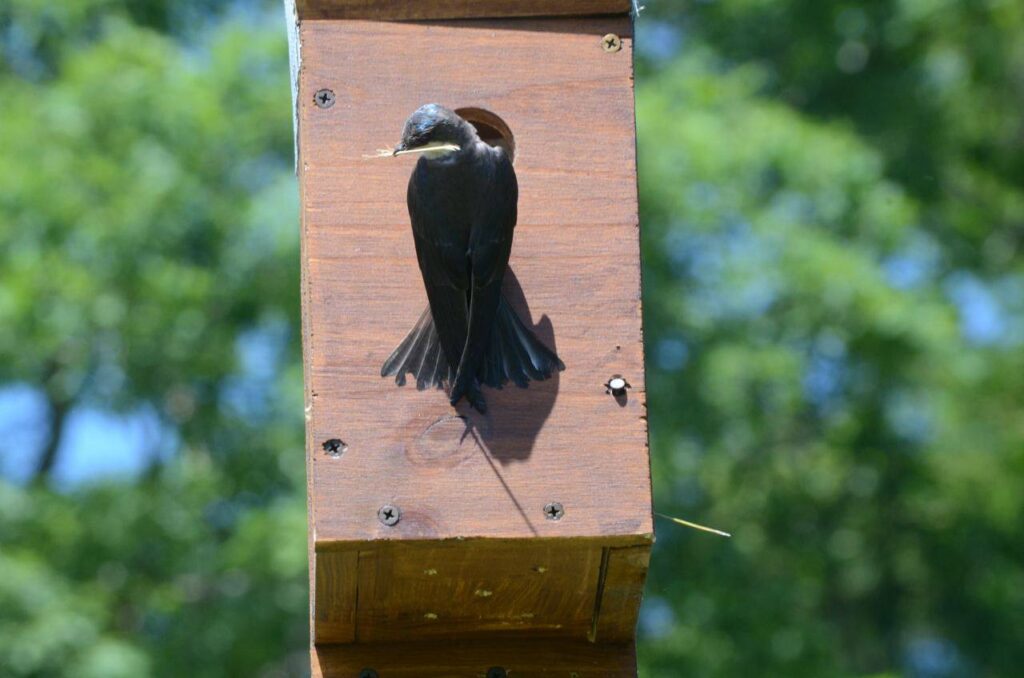
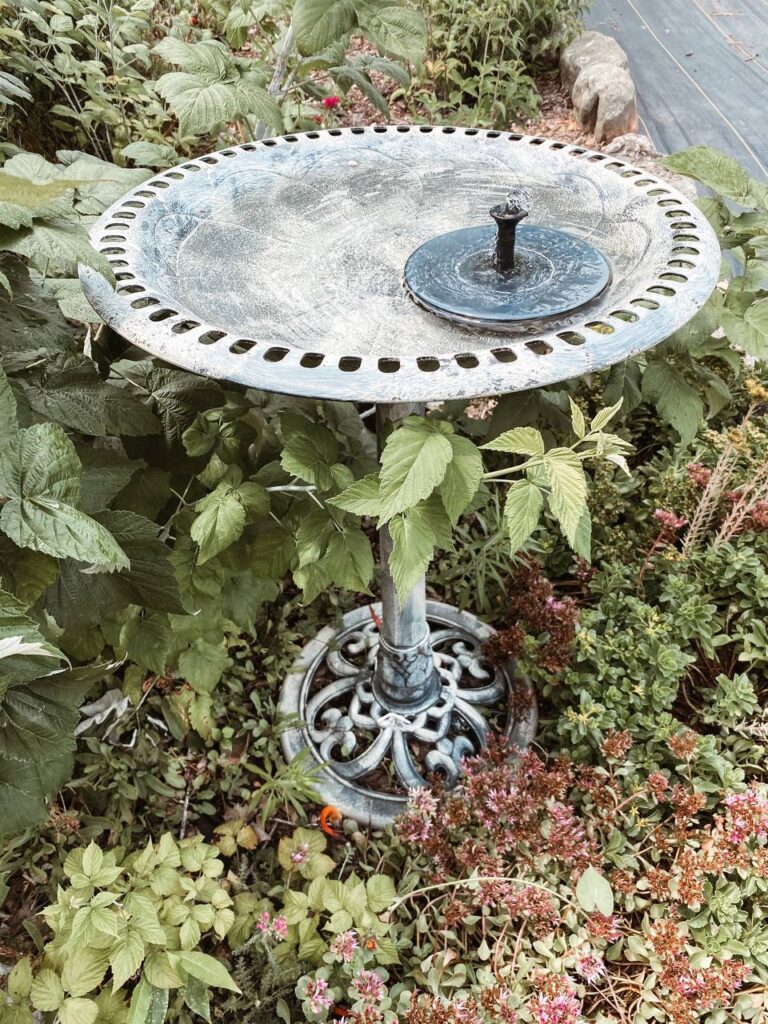
> Add Trellis for Supports
Now is a great time to see if your garden needs a trellis or support for any climbing plants such as peas, beans, or roses. By installing this now before the season gets started, it’ll save you time when it’s time to plant or transplant later on.

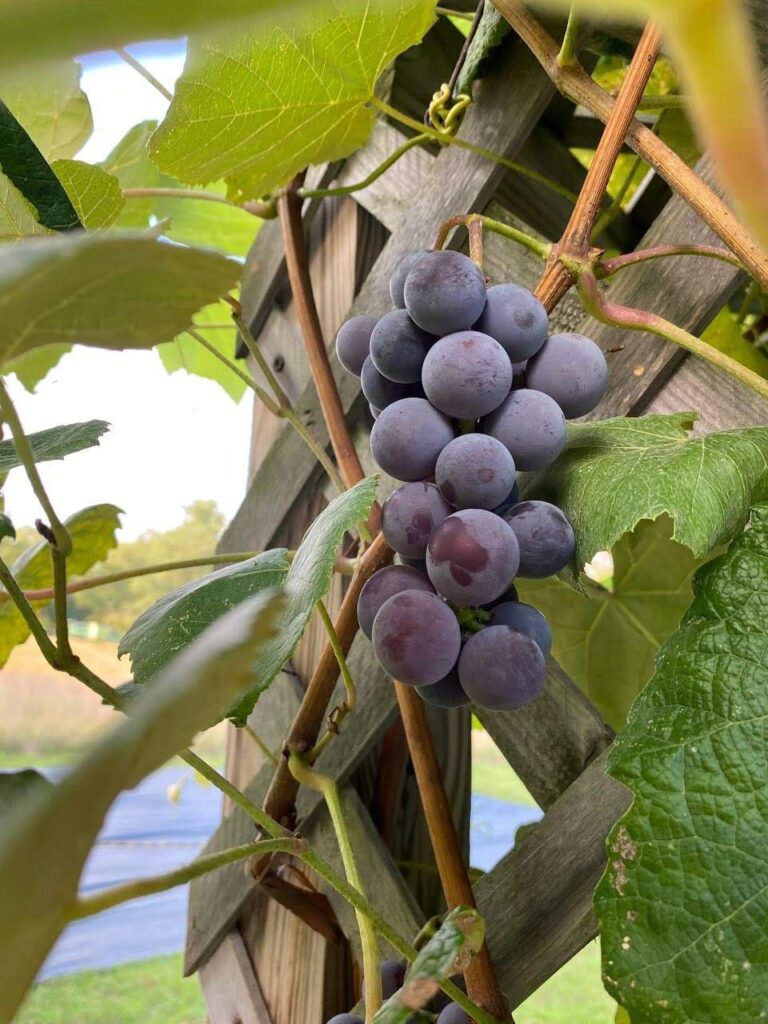
Spring garden clean-up is a great opportunity to assess your garden and make any necessary changes. Take your time, enjoy the fresh air, and get your garden ready for a beautiful new growing season! Happy gardening!
Keep Going, and Keep Growing!

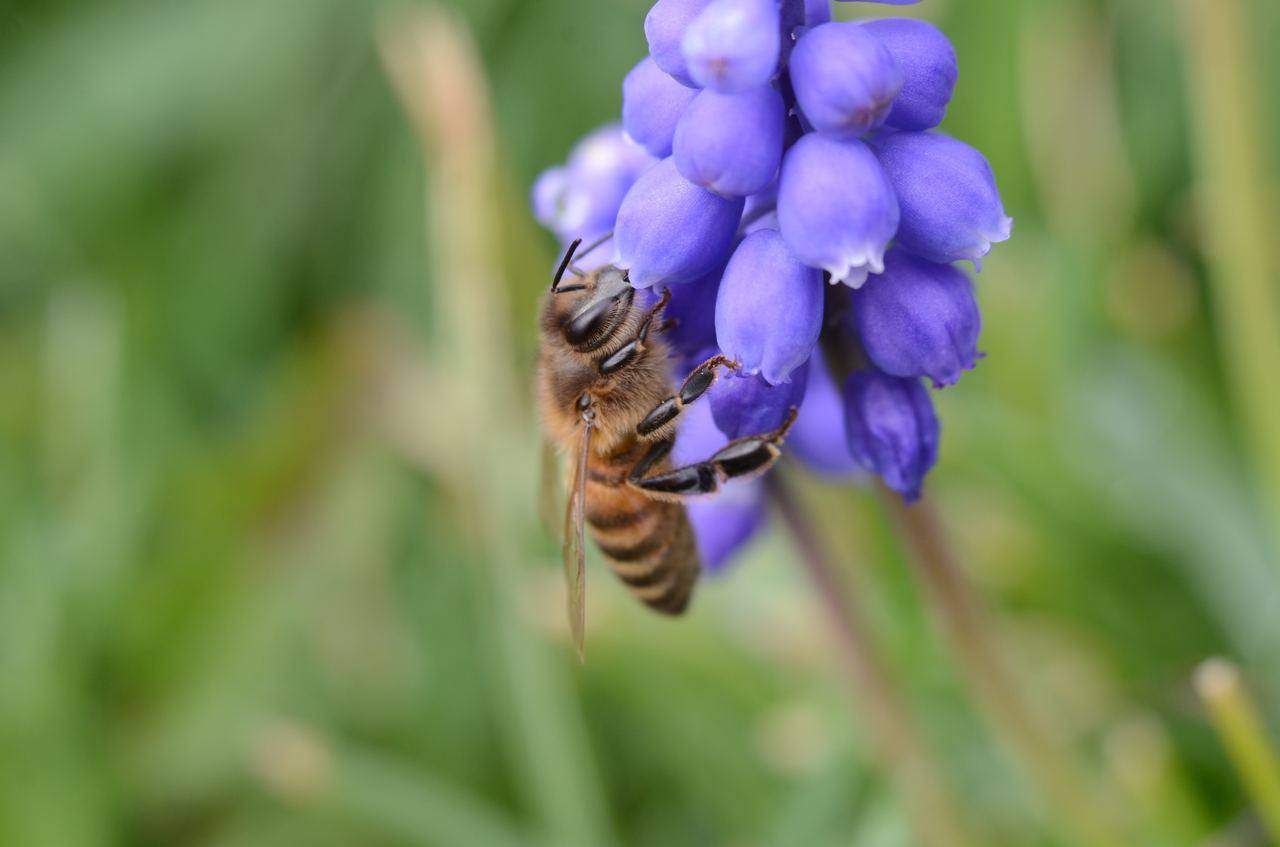
This post contains Affiliate Links. This means when you make a purchase use one of our links we will receive a small commission toward Hope & Wildflowers. Thank you for your Support.


